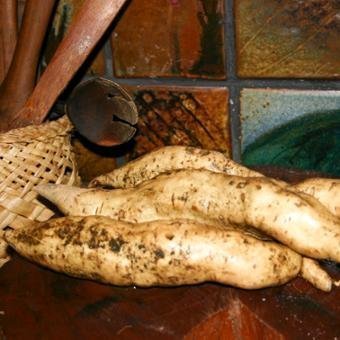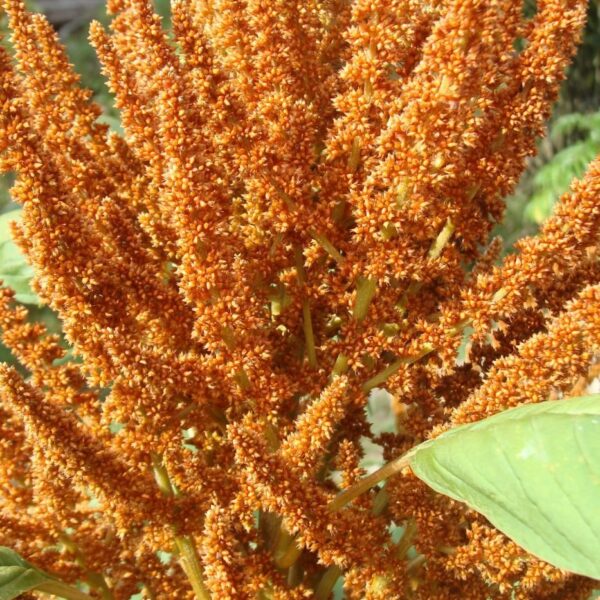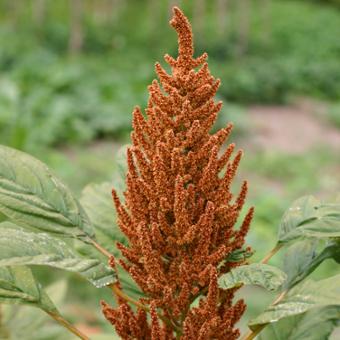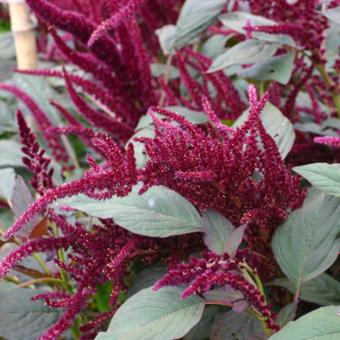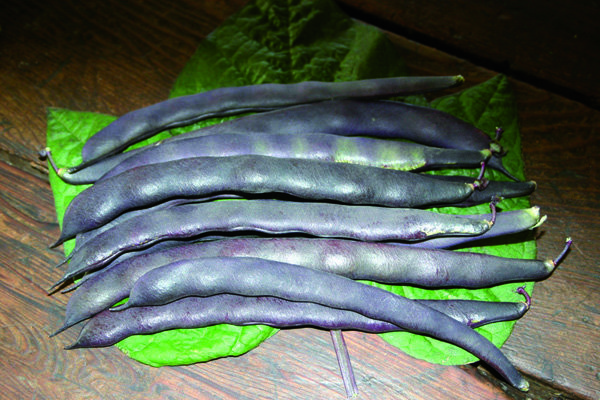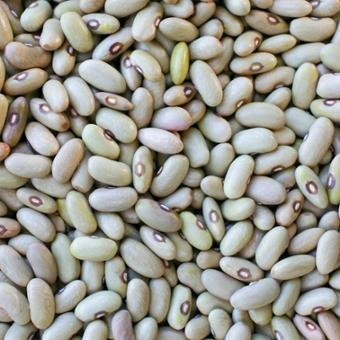Kūmara Huti Huti
$9.00
SHIPMENT DATE: Expecting mid-November, but the actual timing varies from season to season. Orders are then sent out each week, mostly in the order received, but the actual send out time of any particular order depends on multiple factors including availability of tupu and speed of growth. Please read ordering information below.
Family: CONVOLVULACEAE
Genus & Species: Ipomoea batatas
Limit of 3 per customer
Out of stock
Description
Heritage Status: New Zealand
Bio-Region of Origin: Unknown
Quantity: Starter Pack: 3 Tupu
Description: (aka Tariana, Manawa) – An ancient kūmara that has come to us from the old kumara gardens of the Wairau Bar in Marlborough, South Island. A super long white skinned and fleshed variety, prolific cropper with a good flavour. This is a well-known old kūmara variety among Te-Whanau-ā-Apanui elders, called the “beach kumara” for fishing trips, cooked on beach fire ashes. It was widely cherished throughout Aotearoa, possibly being an ancient kūmara with variations due to long-term cultivation in isolated regions, similar to old River peaches. It has multiple names even within a single bio region and exhibits varying growth patterns in different soils. In our soil here, which is quite sandy but with a pan underneath they were pretty long and straight but those grown from our tupu in Tōrere, were huge and long and totally blemish free, the biggest longest kumara I have ever seen – up to 60 cm long!
Kūmara Growing Guidelines: Kūmara thrive in light/sandy soils (Māori carried sand long distances to improve heavy soils) with a hard pan about a foot under the surface. Avoid planting them in deeply prepared soil. Typically, they are planted along the tops of ridges, with two ridges per bed. When planting, bend the roots of the tupu under into a J-shape so that the roots face up towards the top under the ridge of soil, facing East or, in some traditions, North. The tops of the kūmara grow quickly to cover the soil.
Traditional additions to the soil include baked ground shell, seaweed, wood ash, and charcoal. Initially, they require watering until they take off, after which they prefer hot dry conditions—though not drought conditions. When the kūmara begins running, they can be lifted to prevent them from rooting away from the original plant (tupu).
Harvest before the frosts arrive, and allow them to mature by leaving them on the ground in the sun and covering them with their tops at night for 2-3 days.
Important information on ordering:
Due to the need to juggle different varieties being ready and their regrowth rate, tupu will be made available to order after each pick (usually Friday).
We will make what we have that week available but there will be more coming so if you miss out don’t worry – if you were on the waiting list we’ll put your name back on for the following pick.
Initially they will be available to members only but this will change as the season progresses.
If you are not on the waiting list then choose the varieties you are interested in, open the product and add your e-mail address.
On send out customers will receive an order note with tracking number to let them know their parcel is posted and to provide planting information

